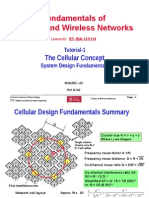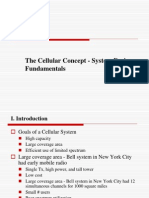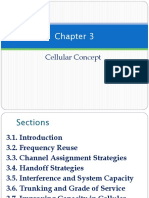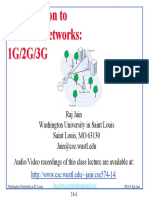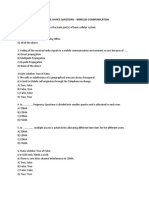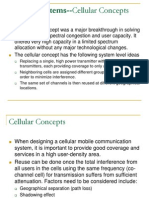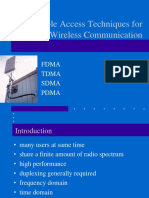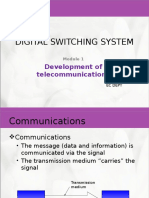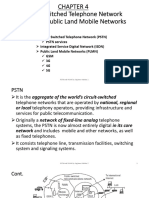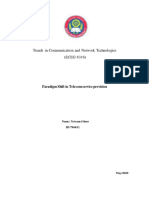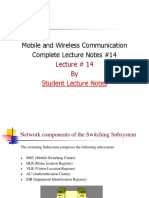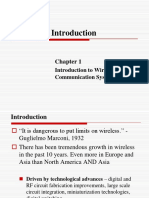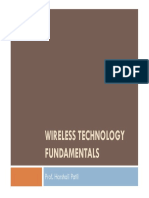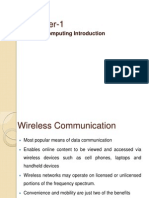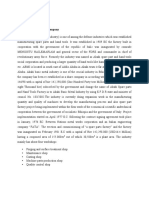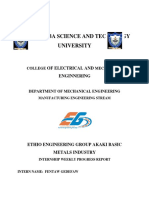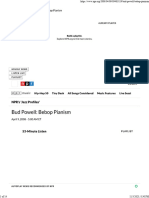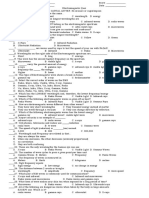0% found this document useful (0 votes)
345 views80 pagesLecture Note Chapter 1 & 2
This document describes a course on wireless communication and mobile computing. The course covers 6 chapters: introduction to wireless communication principles, technologies, mobile computing, and security. Chapter 1 introduces basics of wireless systems including evolution, types, standards and applications. It describes fundamentals of wireless communication including system components, channels, mediums and protocols.
Uploaded by
ethiopia ethiopiaCopyright
© © All Rights Reserved
We take content rights seriously. If you suspect this is your content, claim it here.
Available Formats
Download as PPTX, PDF, TXT or read online on Scribd
0% found this document useful (0 votes)
345 views80 pagesLecture Note Chapter 1 & 2
This document describes a course on wireless communication and mobile computing. The course covers 6 chapters: introduction to wireless communication principles, technologies, mobile computing, and security. Chapter 1 introduces basics of wireless systems including evolution, types, standards and applications. It describes fundamentals of wireless communication including system components, channels, mediums and protocols.
Uploaded by
ethiopia ethiopiaCopyright
© © All Rights Reserved
We take content rights seriously. If you suspect this is your content, claim it here.
Available Formats
Download as PPTX, PDF, TXT or read online on Scribd
/ 80





